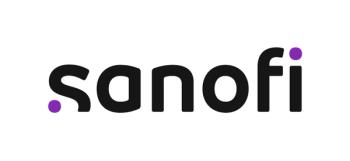
New Fees Made FDA Worse for Generic Drug Approvals, Says GPhA Chairman
When the Generic Drug User Fee Act (GDUFA) was signed into law on July 7, 2012, its primary intent was to provide FDA with the additional resources necessary to expedite the review process for generic drugs, and combat the agency’s backlog of drug applications.
‘Actions’ don’t speak louder than words in dealing with FDA’s backlog of generic drug applications, says newly-elected GPhA Board Chairman Craig Wheeler.
When the Generic Drug User Fee Act (GDUFA) was signed into law on July 7, 2012, its primary intent was to provide FDA with the additional resources necessary to expedite the review process for generic drugs, and combat the agency’s backlog of drug applications.
Prior to the law’s passage, the review period for an abbreviated new drug application (ANDA) had expanded to 31 months on average, according to Congressional testimony given by FDA Commissioner Margaret Hamburg in February 2012. As of last October, one full year after GDUFA’s implementation, the ANDA backlog contained roughly 2,800 applications, according to a presentation given by Kathleen “Cook” Uhl, acting director of FDA’s Office of Generic Drugs (OGD). FDA’s stated goal under GDUFA is to act on 90% of the backlog by the end of the agency’s 2017 fiscal year.
How’s it going so far? In a
Generic drug companies “used to have a lot of insight into what’s happening” at FDA’s OGD (which is currently getting
That’s because FDA will no longer communicate with companies outside of a Complete Response Letter (CRL), says Wheeler. In the past, FDA issued roughly 40 or 50 CRLs to generic companies each year, says Wheeler. “Last year they issued between 1,600 and 1,800.” Instead of dealing with a single issue in the application, like drug substance, compliance, or microbial identification, for example, FDA now waits for everything to be completed and then sends a single letter. “Then you answer the question in the letter, and it goes back to OGD, and they don’t tell you anything again until everything is done again,” says Wheeler. “The reason [FDA] is doing this is because FDA is scored by Congress, in terms of reducing the backlog by ‘taking action,’ which is limited to either approval or a CRL.”
Since asking a company an informal question about its ANDA isn’t considered an “action,” FDA determined that it would score better with Congress if it limited communication to formal actions only, suggests Wheeler. “So Janet Woodcock reports to Congress that they’ve reduced the backlog by 1,600 applications, even though – I asked this question at the last meeting – only about 60 of those ‘actions’ were drug approvals,” he says. “FDA is happy, it’s reducing the backlog, but companies are furious, because it actually slows things down because we don’t get questions in real-time.”
Wheeler is hoping FDA will approve
Note: GPhA recently launched an web resource –
Newsletter
Lead with insight with the Pharmaceutical Executive newsletter, featuring strategic analysis, leadership trends, and market intelligence for biopharma decision-makers.




